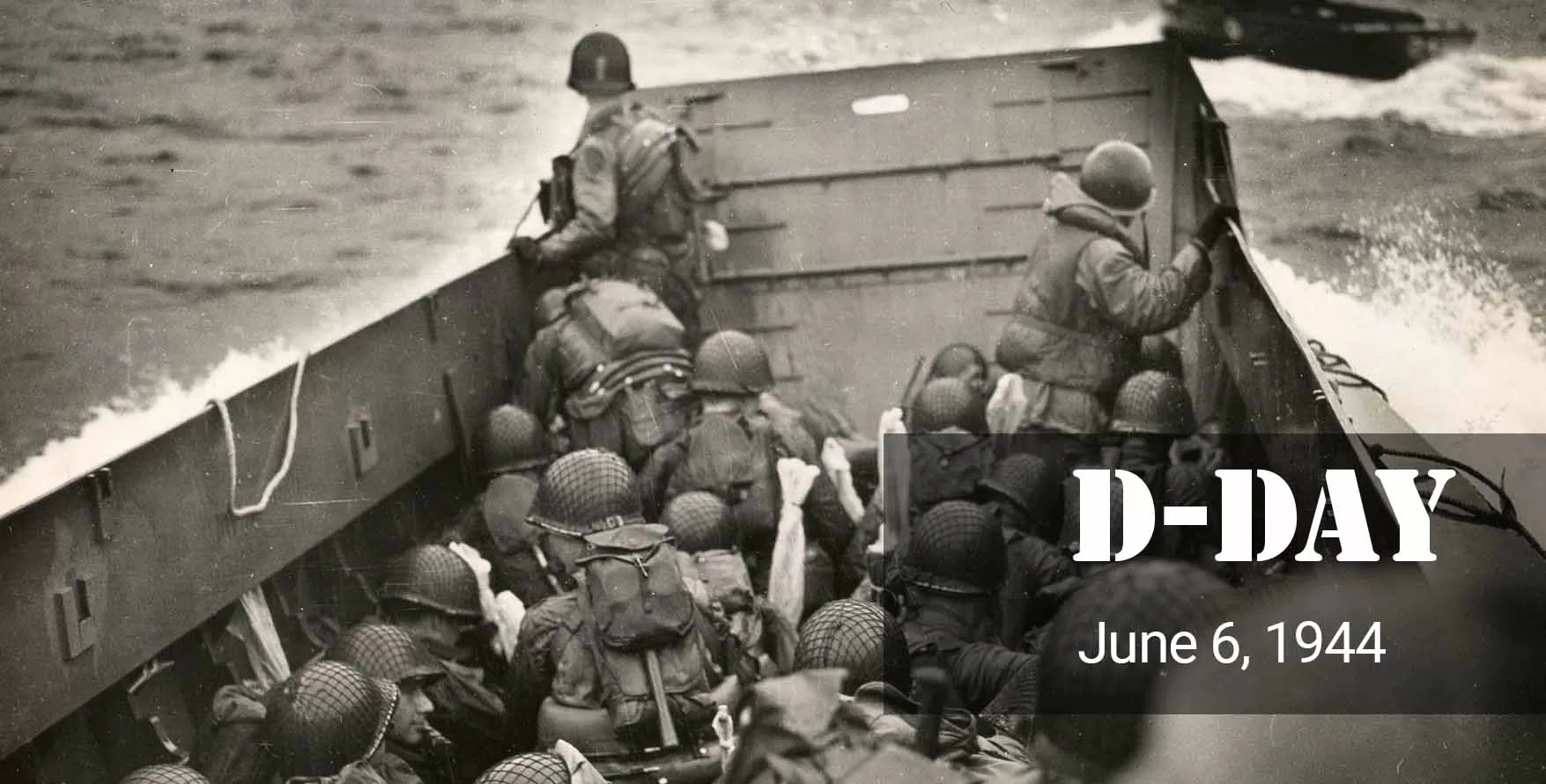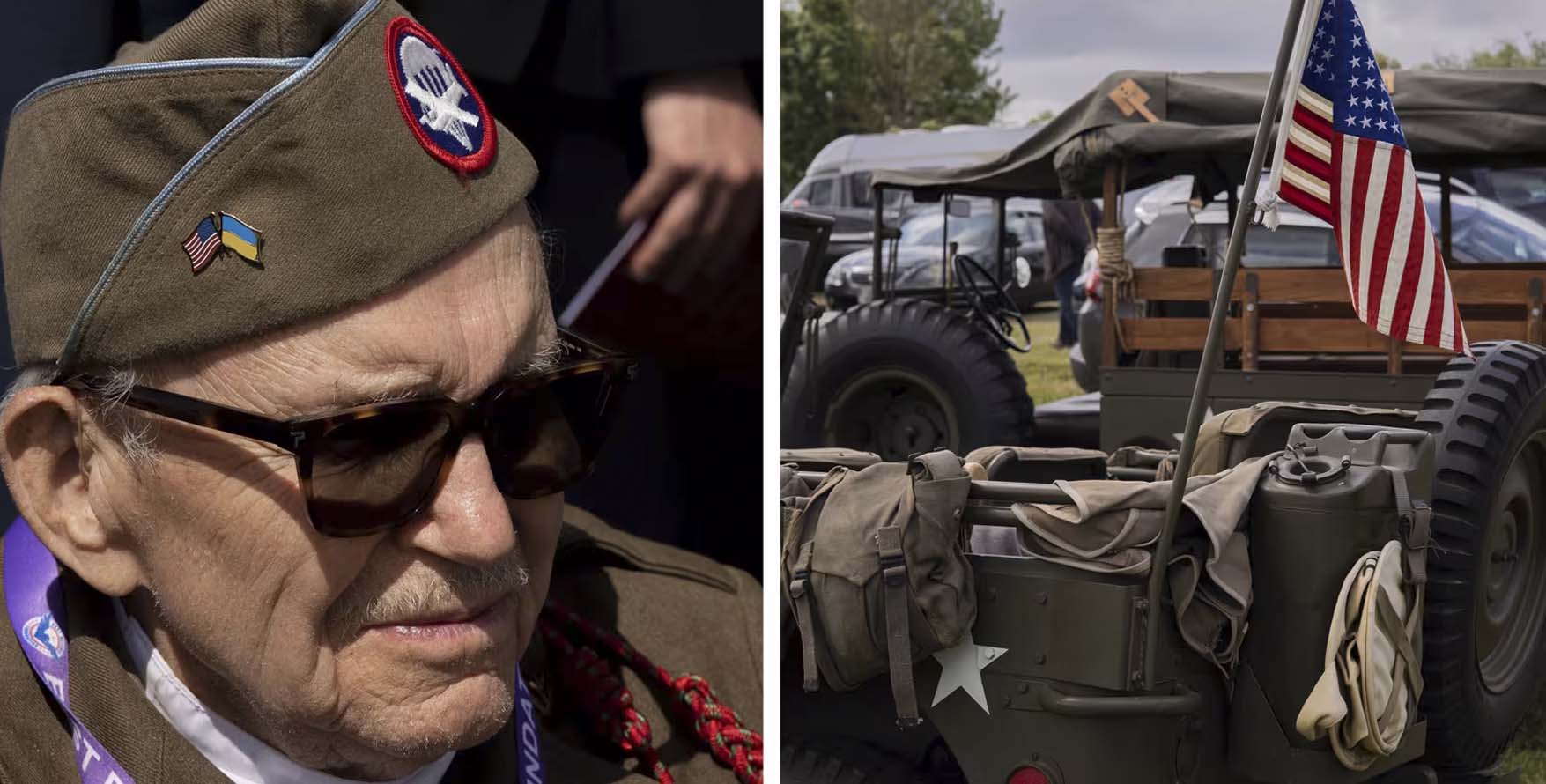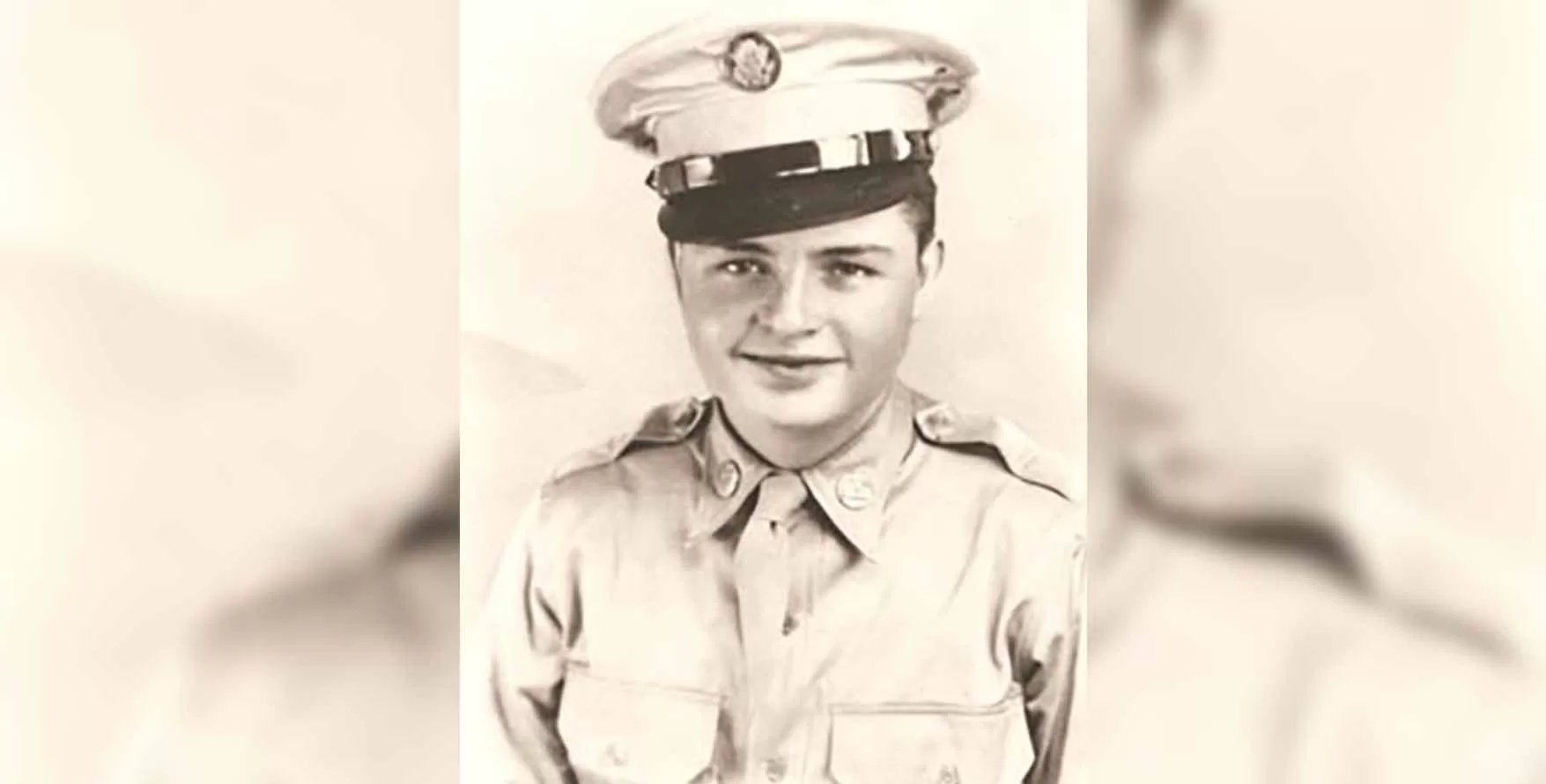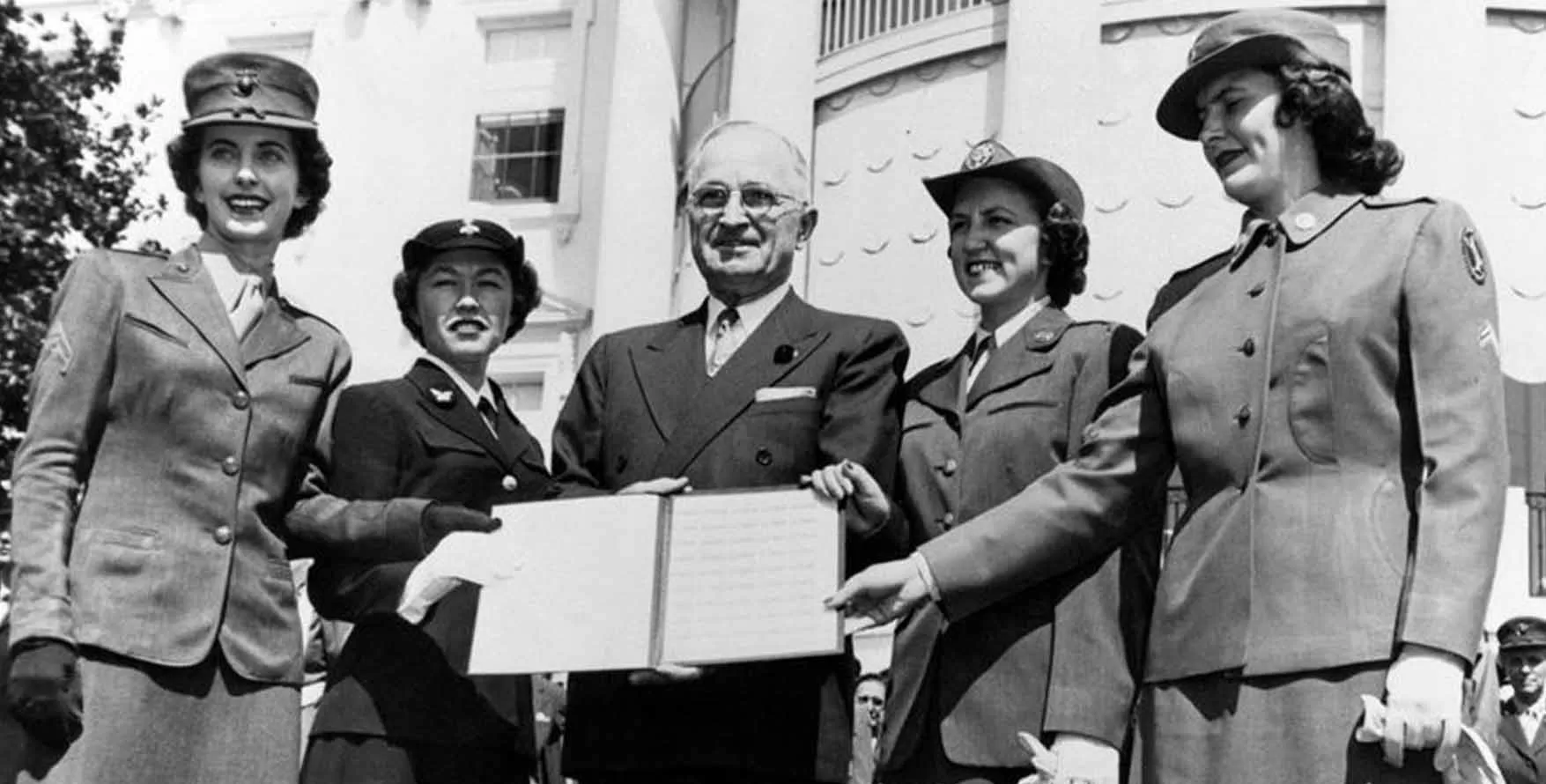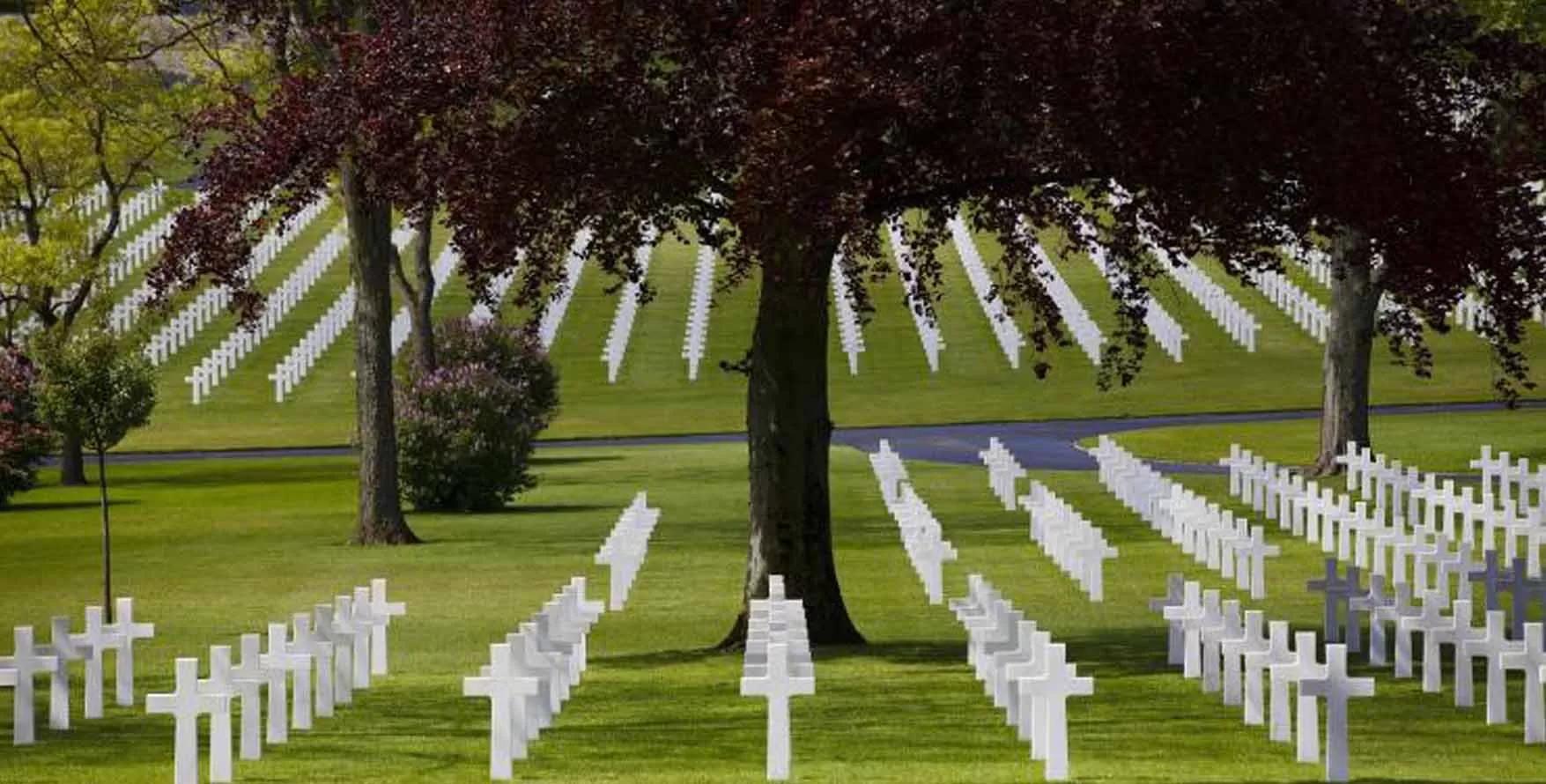Introduction
In the annals of military history, few events have captured the imagination and admiration of strategists and general readers alike as the Normandy Landings, also known as D-Day. Taking place on June 6, 1944, D-Day was a pivotal moment in World War II and a turning point that marked the beginning of the end for Nazi Germany. This article provides a comprehensive look at the military strategy that shaped the Normandy Landings, highlighting the intelligence, planning, and sheer bravery that made this extraordinary operation a success.
Related Article:
The Genesis of D-Day – The Grand Strategy
Behind D-Day was a grand strategy that brought together the resources and resolve of the Allies in a concerted push against the Axis powers. The premise was simple yet audacious: launch a large-scale amphibious invasion on the heavily fortified coastline of Nazi-occupied France, establish a foothold, and then advance towards Germany. However, the simplicity of this idea belied the complexity of its execution.
Key to the D-Day strategy was the principle of deception. The Allies initiated Operation Fortitude, a series of tactics designed to mislead the Germans about the location and timing of the invasion. Misinformation suggesting that the main assault would be at Pas de Calais, the narrowest point between Britain and France, kept German forces tied down, allowing the Allies to focus on Normandy.
Mobilizing for the Invasion – Logistics and Planning
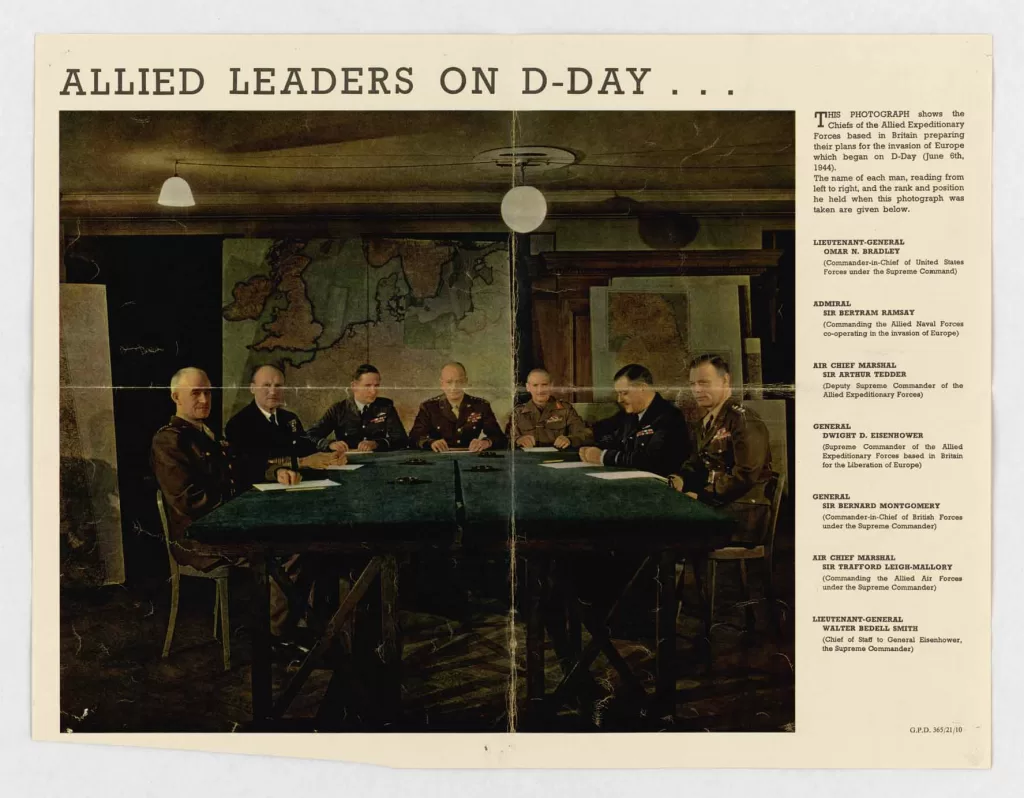
The D-Day strategy relied heavily on an intricate web of logistics and planning. Millions of men and women across the Allied nations were involved in preparing for the invasion. Thousands of ships, aircraft, and vehicles, along with massive quantities of supplies, were assembled and coordinated for the assault. Preparations also included training troops for amphibious warfare and dropping paratroopers behind enemy lines to secure key targets and create chaos among German ranks.
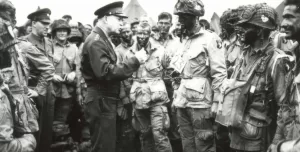
Air and Naval Dominance – Masters of the Sky and Sea
Air and naval dominance formed the backbone of the D-Day strategy. Prior to the landings, Allied aircraft conducted bombing campaigns to destroy German communication lines, weaken their defenses, and isolate the invasion area from reinforcements. On D-Day itself, more than 6,000 vessels, ranging from battleships to landing craft, transported troops across the English Channel. Naval bombardments supported the ground troops as they stormed the beaches.
The Assault on the Beaches – Overcoming the Atlantic Wall
The direct assault on the beaches of Normandy was perhaps the most daunting aspect of the D-Day strategy. Five code-named beaches – Utah, Omaha, Gold, Juno, and Sword – were the targets of the landings. Facing the formidable German Atlantic Wall defenses, the Allies had to overcome obstacles, mines, barbed wire, gun emplacements, and entrenched troops. The strategy here was a combination of sheer numbers, specialized equipment like the “Hobart’s Funnies,” and the indomitable spirit of the soldiers who braved the bullets to secure a foothold on the beaches.
Beyond D-Day – Exploiting the Breakout
The ultimate success of the D-Day strategy was contingent on what happened after the landings. The goal was not just to secure the beaches but to establish a sustainable front from which further advances could be made into France and towards Germany. Once the beachhead was established, Allied forces had to quickly build up their strength, repel

